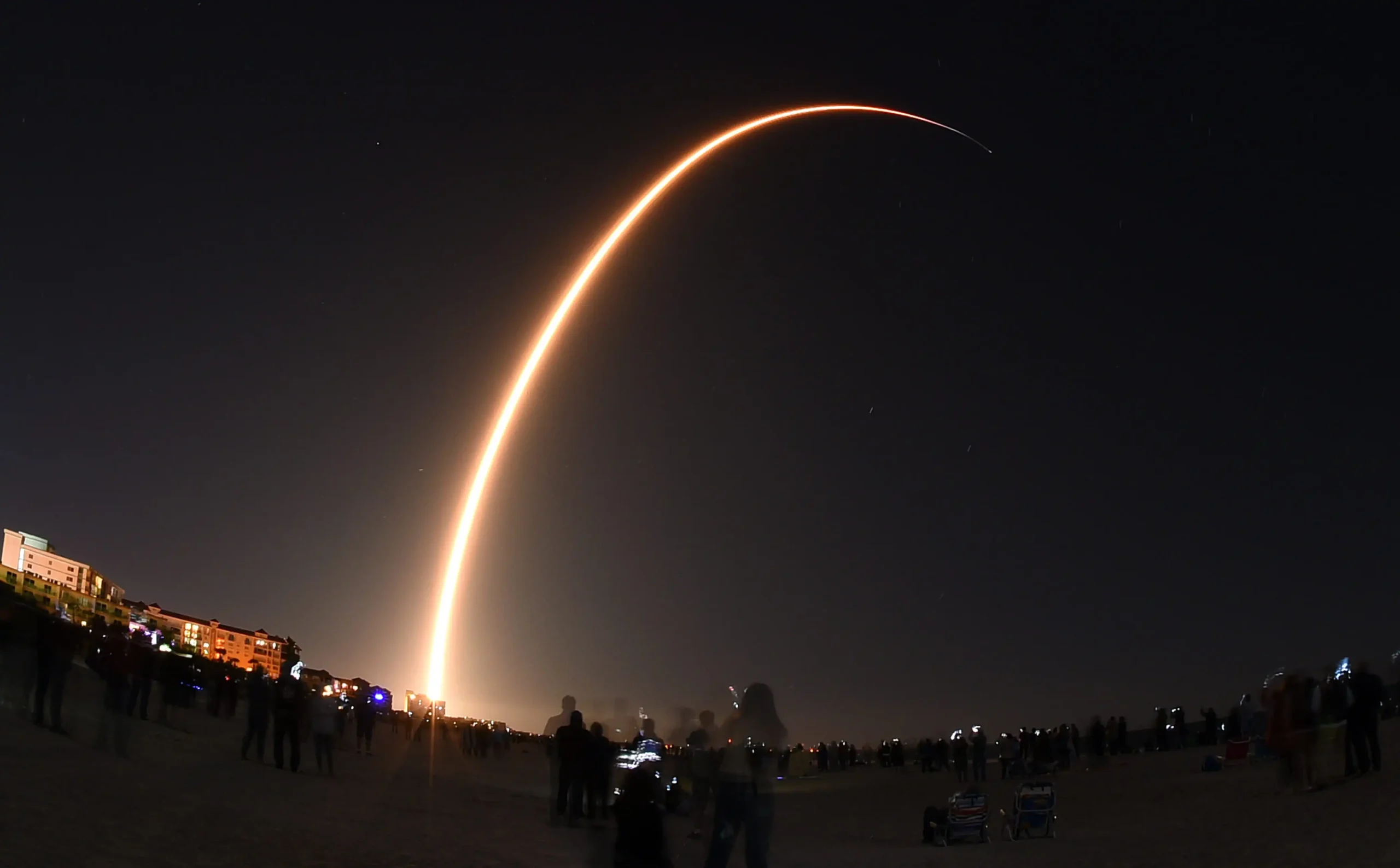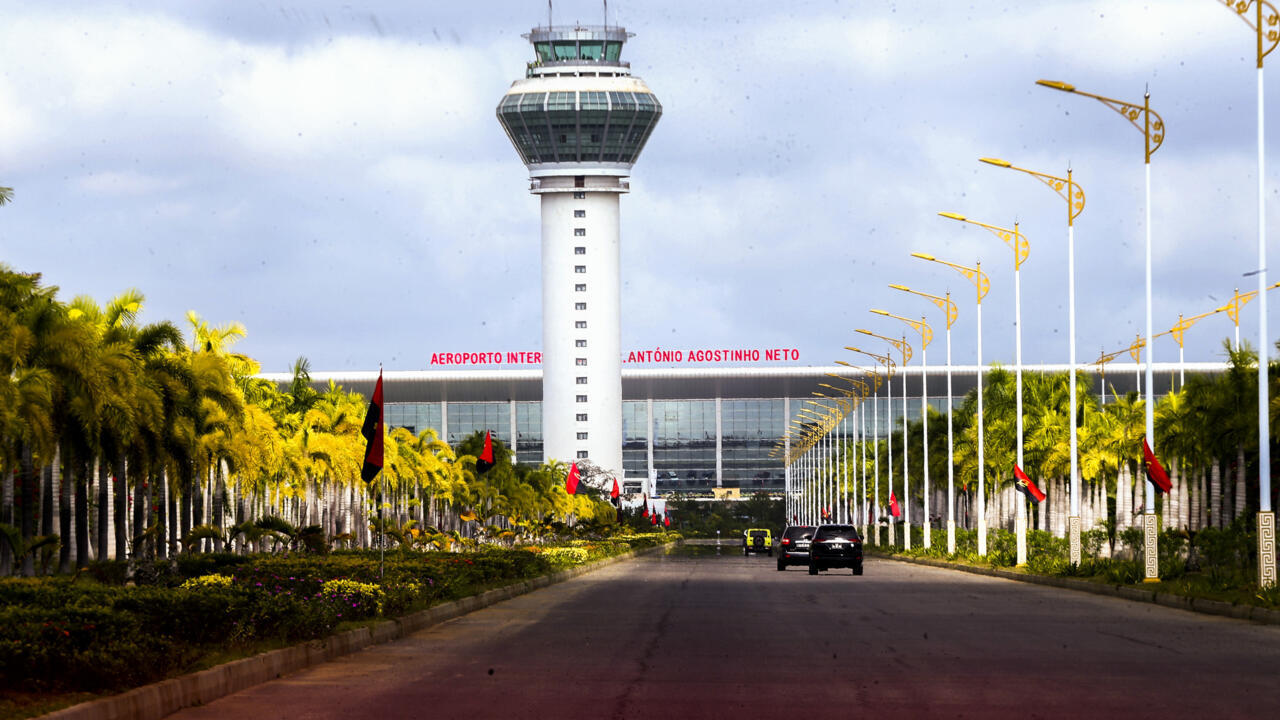SpaceX is once again lighting up the night sky with an ambitious spaceflight doubleheader. The second mission of the day, scheduled for tonight, is set to launch 23 Starlink internet satellites into orbit from Florida’s Cape Canaveral Space Force Station. As the countdown begins, eager space enthusiasts will be watching as the Falcon 9 rocket takes off at 10:17 p.m. EDT (0217 GMT on Oct. 22). However, if circumstances don’t align perfectly, SpaceX has five backup opportunities to ensure the success of the mission. This launch will be webcast live, allowing viewers to join in the excitement about five minutes before liftoff.
One of the most fascinating aspects of this launch is the return of the Falcon 9’s first stage. After propelling the payload into space, the first stage will make a triumphant return to Earth for a vertical landing. It’s a remarkable display of precision and engineering, taking only about 8.5 minutes for the stage to touch down. The landing will occur on the drone ship “A Shortfall of Gravitas,” strategically stationed in the Atlantic Ocean. What makes this landing even more remarkable is that this particular rocket’s first stage has already completed three previous flights, highlighting the reusability of SpaceX’s technology.
But the mission’s primary goal is to deploy the 23 Starlink satellites into orbit. These satellites will be released from the Falcon 9’s upper stage approximately 65.5 minutes after liftoff. Each of these satellites plays a crucial role in SpaceX’s Starlink megaconstellation, which aims to bring internet connectivity to people around the world. With nearly 4,900 operational Starlink satellites in orbit and more on the way, the network is rapidly expanding, offering enhanced connectivity to users globally.
This launch marks the second spaceflight of the day for SpaceX. Earlier in the morning, the company successfully launched 21 Starlink satellites from California’s Vandenberg Space Force Base. This impressive demonstration of SpaceX’s capabilities highlights the company’s commitment to building a robust internet infrastructure in space. By providing internet services to remote and underserved areas, Starlink is making significant strides in bridging the digital divide and connecting communities worldwide.
The Starlink project, founded by SpaceX CEO Elon Musk, envisions a constellation of thousands of satellites in low Earth orbit. This network offers high-speed internet access to users who may not have had reliable connectivity before. The importance of such a service became evident during the global pandemic when remote work and online education became the new normal. Starlink is empowering individuals, businesses, and communities with access to information, education, and economic opportunities, regardless of their geographic location.
As SpaceX continues to expand its Starlink network, the night sky will continue to be graced with spectacular launches and landings, showcasing the possibilities of reusable rocket technology and the benefits of global internet access. It’s not just about reaching for the stars; it’s about bringing the stars closer to Earth, connecting people, and illuminating the path to a more connected future.
In conclusion, SpaceX’s doubleheader spaceflight exemplifies the company’s dedication to advancing space technology and connectivity. The launch of 23 Starlink satellites is not just a scientific endeavor; it’s a testament to the power of innovation in making the world a more accessible and connected place. As the Starlink network continues to grow, the benefits of global internet access will reach even more individuals and communities, transcending geographical boundaries and creating opportunities for a brighter future.














